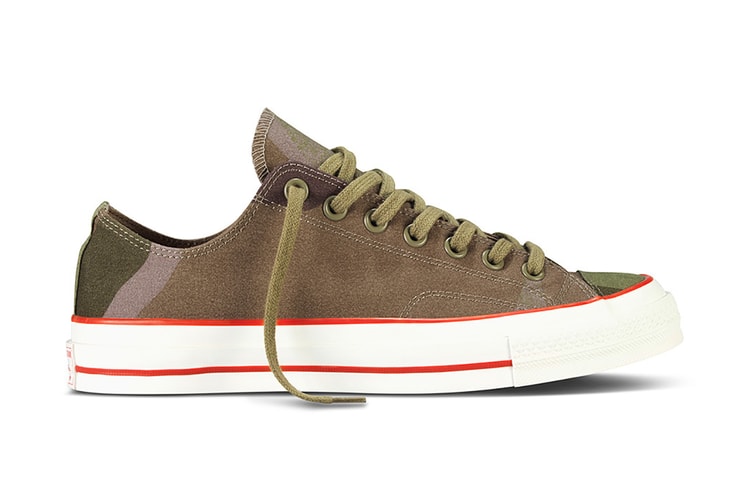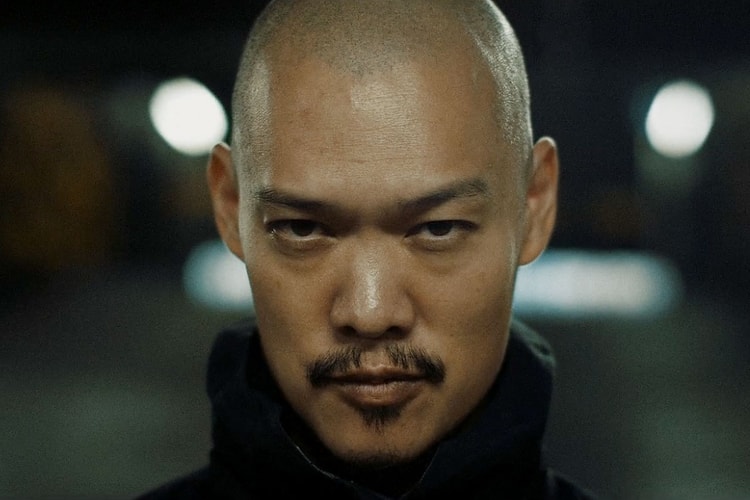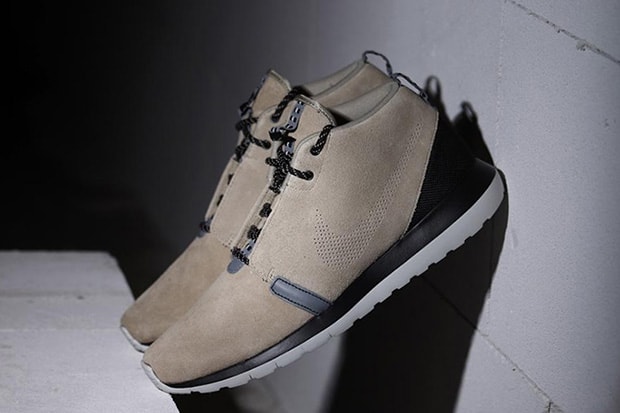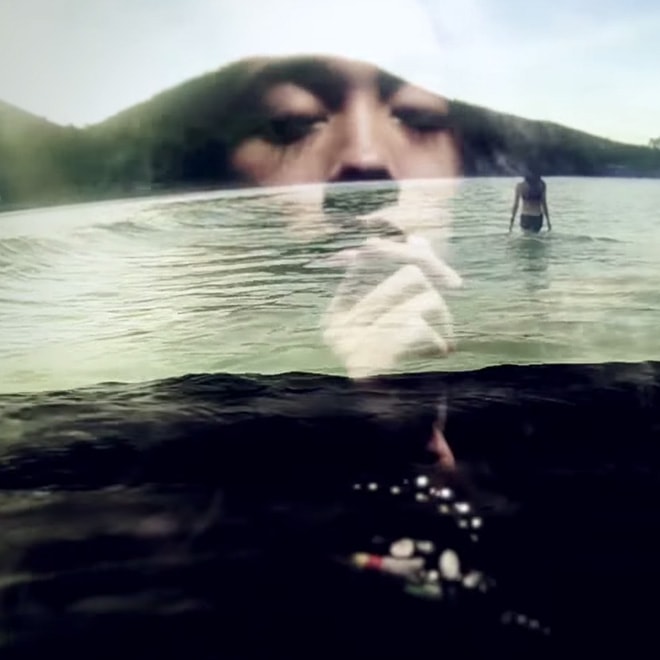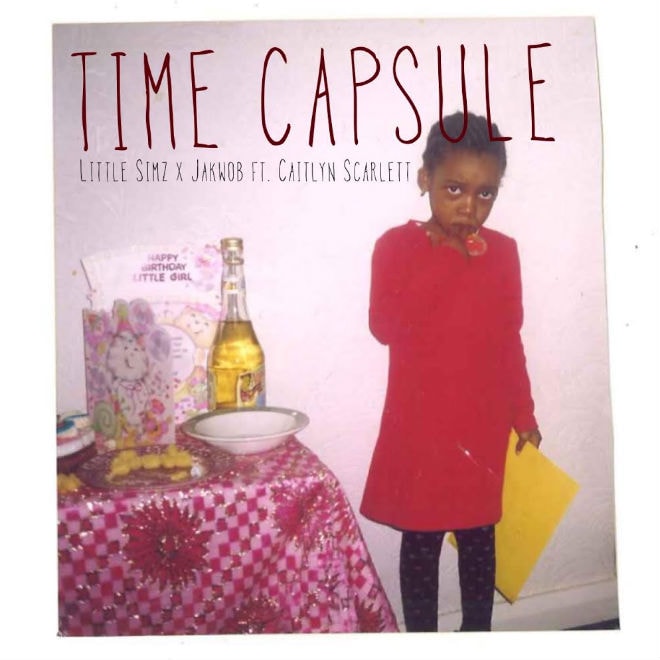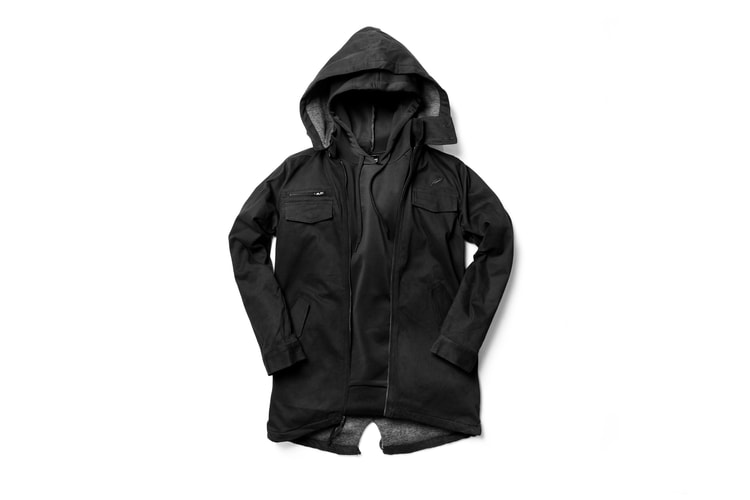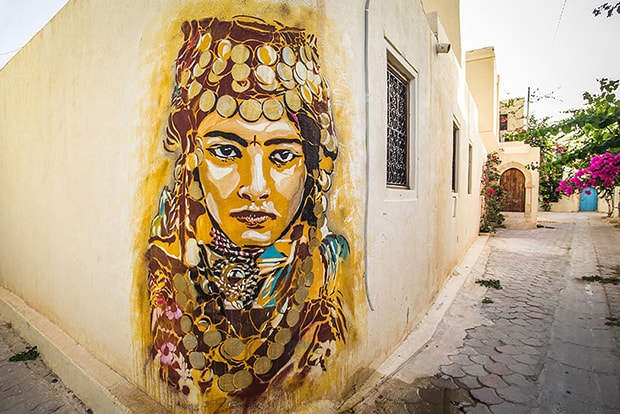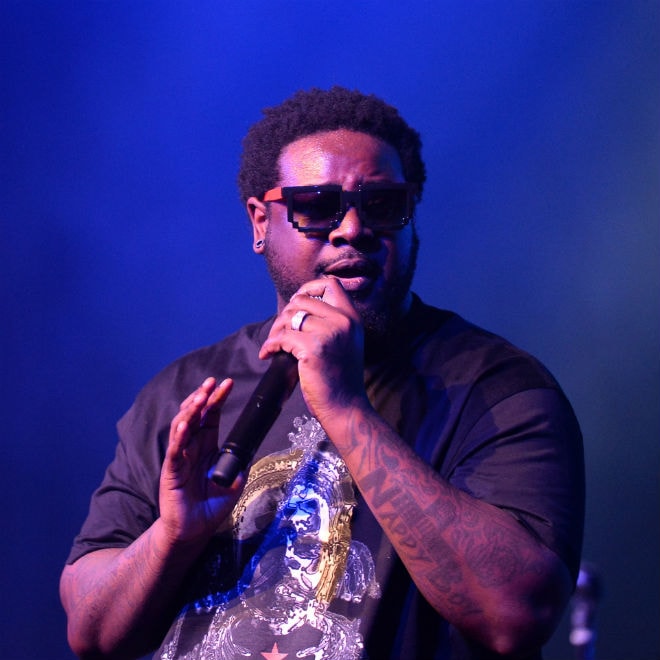Neil Barrett Speaks On His Beginnings, Inspirations, Rap Music & More
Since launching his eponymous label in 2002, Neil Barrett has become a household name within both



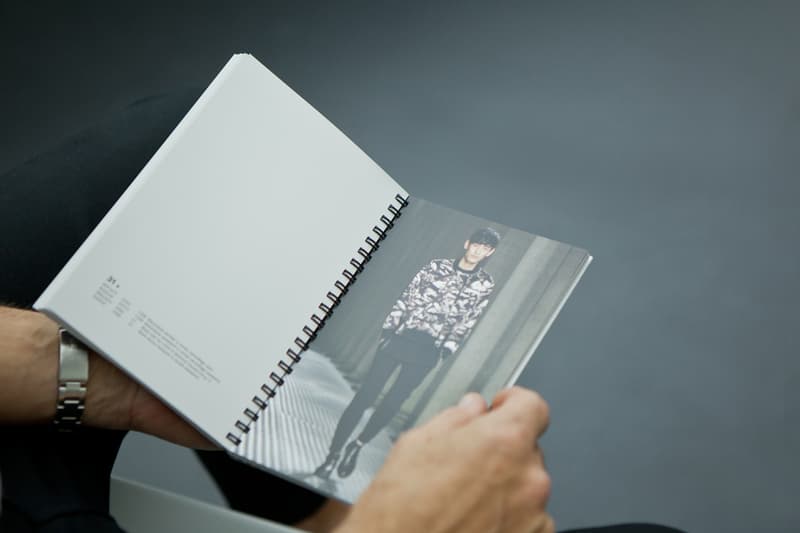
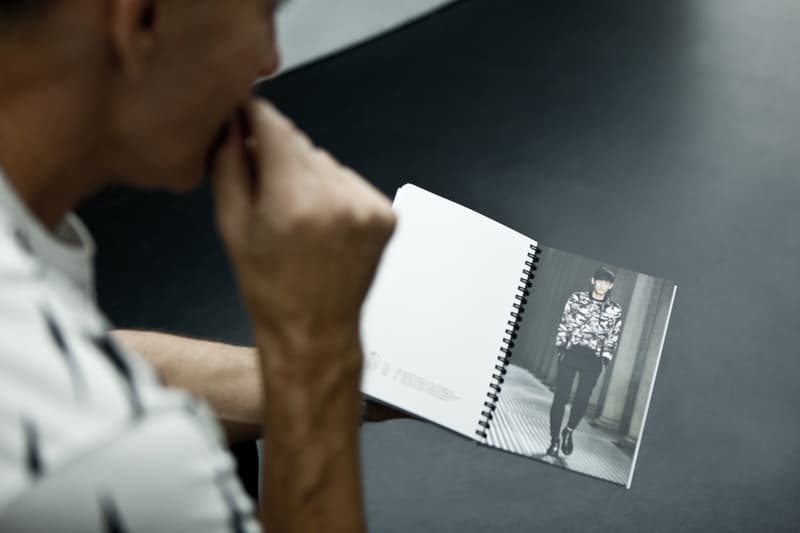
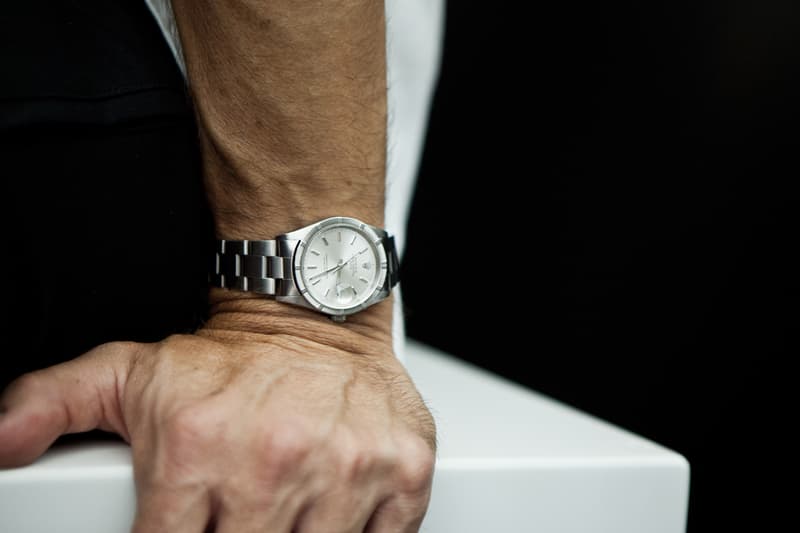
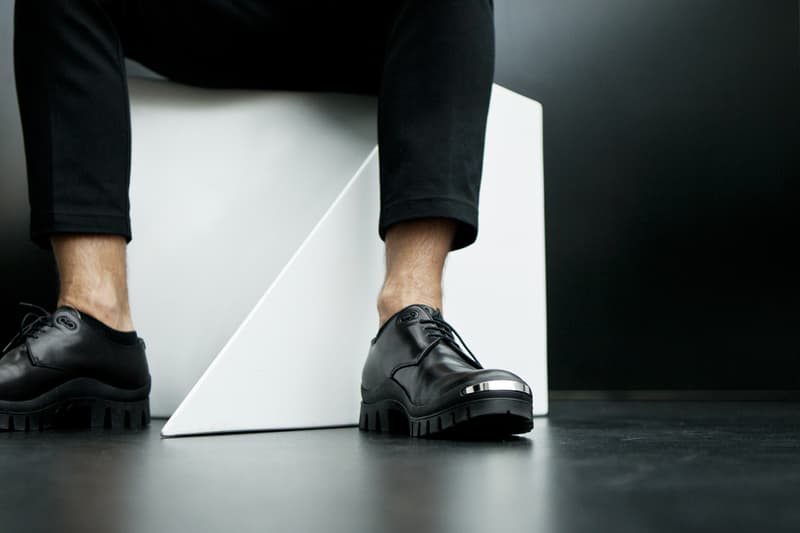
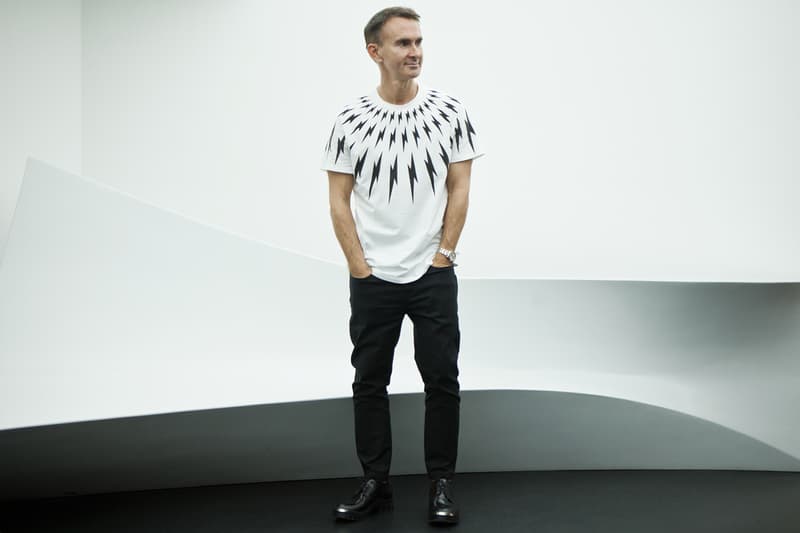
Since launching his eponymous label in 2002, Neil Barrett has become a household name within both the menswear and womenswear industry. His humble beginnings saw him growing up in Devon, England to a family of master tailors where he started to become familiar with crafting from textiles. This then led on to studying at both the prestigious Central Saint Martins School of Art and Design as well as the Royal College of Art in London. Straight after graduating, he went on to be recruited with Gucci as Senior Men’s Designer where he learned that there should be no limits in designing what you desire, not even in terms of costs and unorthodox materials. It was at Prada he honed his skills for 11 years in developing his signature minimal aesthetic, which can still be seen today but with contemporary developments. The 2015 spring/summer menswear collection saw a very refined approach based on the concept of perfecting iconic pieces such as parkas and jean jackets. Barrett’s penchant for juxtaposing ideas was also clearly evident with the overall display in which we found a set that payed homage to themes of Roman Classicism but was then contrasted by a soundtrack featuring heavy doses of hip-hop tracks. This clashing of old and new has become a staple for the brand and it stemmed from Barrett’s tenure at Prada when he combined sporting fabrics into tailoring; something that had never been done before. With a new headquarters in Milan boasting 6,500 square meters on the horizon and currently selling to 430 stores worldwide, the future looks very bright for the label. We had the opportunity to sit down with Barrett himself to talk about his beginnings, the journey of his eponymous label, and what the future holds.

“I didn’t do the most crazy things in that show, but I think I’m the only one in the whole of my class who’s still working in the industry.”
Being born in Devon, how much does that influence your work to this day?
I don’t think it influenced me much being from the countryside. Just meant I had a very protected childhood, but what affected me was growing up with my family who are tailors, and seeing the work that goes into being a tailor. The tailor shop was a four-storey building and there were 20 tailors to one floor making all the uniforms. So you would wander around and there were balls of fabric and everybody was sewing these amazing constructed garments.
CSM gives you this crazy feeling that you can do anything. They let you do anything. I would arrive late in the morning — I was a really bad student — always start my projects too late and be working through the night to get them done, but it sort of all worked out. I still managed to get in the top three and I got into the Royal College. It was a sense of fun, because you would be very creative, you would go out at night. When I arrived, in the fourth year was John Galliano. He was being very flamboyant and I was this new kid, this gopher arriving in the first year.
You join a long list of famous designers that studied at the two respective establishments, did you feel any pressure to get noticed within such a sea of talent?
You do have to stand out there, but some things they were doing were so ridiculous and so pantomime-like that it was fine to stand out because I was making interesting clothes. My collection was hybrids — it was garments cut into garments and the trousers were cut into the coat — they were all attached. It was like a coat that went into a trouser to make a one-piece. From afar, you couldn’t tell, but up close you could tell. They would have substance and that got me great marks so I got into the Royal College. I didn’t do the most crazy things in that show, but I think I’m the only one in the whole of my class who’s still working in the industry.
Are there graduates that have caught your eye these past few years?
There have been various ones that have gone on to do their own collections, because in London now it’s a lot easier to start your own collection as you get the attention of the press and you are featured much more quickly.
“You have access to more imagery than you did then. You can find out about anything now, you can get information about any type of garment.”
Did you find it more difficult during your time?
I think fashion wasn’t such a popular subject, so maybe you would get a couple of articles in all the press. There were no blogs, whereas you would have your page of fashion now with the graduate shows. Back then, I think we were covered by two journalists who aren’t even around anymore.
Do you notice any differences in how designers are trained now compared to when you studied?
Obviously you have the Internet now which is a lot more present. You have access to more imagery than you did then. You can find out about anything now, you can get information about any type of garment. In theory you could visually be enriched more nowadays, but you just had to look for it more before. It wasn’t so easy to find but we found the visual references. We had to look harder to find the second-hand garments to see the construction. It’s different but if you have the passion, you’re going to get it done anyway.
What has the transition been like from when you were at Gucci to Prada to focusing on your own eponymous line?
Gucci was the first job I had out of school and you can’t say no to something like Gucci because it was a pretty amazing launch into the industry. Gucci taught me luxury, no limits for price — I could choose and use anything. Moving to Prada was a difference of method. Prada was very organized, very American. They have a great logic. The school of Prada is the best school in the world I think, and quite genius the way they organize things. However, I learned most of my methods from my family and from my nature, then from Prada. From Gucci, I didn’t pick up much. It was more a knowledge of fabric from five years of learning to construct garments in incredible factories, but I didn’t really like any of the stuff I was doing. It was very cheap and not my taste, but it was a great experience. You can design for any company if you apply yourself, but it doesn’t necessarily have to be your taste.

“You can design for any company if you apply yourself, but it doesn’t necessarily have to be your taste.”
Has your approach to designing these collections changed throughout the years?
I used to only do plain clothes through Prada for about 11 years. I changed only about two years ago when so many companies were copying what I was doing that I just decided to start doing graphics and things that were more visible, so people could recognize my clothes on the street. That’s a fundamental change in the way I design.
What made you decide to start designing womenswear in 2006?
I just sort of fell into it. It wasn’t intentional. We had a lot of stores buying the smaller sizes for men and selling petite menswear, so I was kind of cajoled into presenting that during the women’s period rather than selling it during the men’s. As we were presenting women’s, it then grew into a small collection.
You also provided wardrobes for movie productions. How do you decide what to use in these projects?
Usually the costume designer will contact you, and they choose you. If you’re in line with the thought process, then you’d like to do it. I’ve said yes to a few and no to quite a few as well. They’ll give you a script or a brief explaining the character — what he’s gonna do, how he’s gonna react, what’s his role in the film, his lifestyle — and then you design into it. It’s a nice collaboration, so I’m happy to work on films.
Your latest 2015 spring/summer menswear collection shows a very refined approach with precise details such as nickel zips. What was the inspiration going into it?
The collection was basically the idea of trying to get the perfect, ideal iconic menswear pieces: the perfect parka, the perfect jean jacket, and offer them in one colorway per fabric. I wanted a cotton Harrington in camel and black, and I wanted the Harrington in a tailoring fabric – in a mid-grey melange tailoring fabric – so it’s like a classic suit, and then I worked on the fabrication to make it suitable for sportswear. It has one tone. So you can buy your biker in grey suiting, or your Harrington, or your parka. Then you move into a waterproof sweatshirting and I cut it into navy. If I wanted it in cotton, I would cut cotton into a beige. I just offer one color there, so you go through each area. Your coat that’s one shape, you can buy it in jersey or in denim or in grey suiting but that’s been bonded and made suitable to wearing a coat, and you have the same pant cuffs and the same suit so it’s all one color. So it’s giving you options of the same garment but perfect versions of them. There’s nothing else I could want. For each one of those garments, you have a slim version and an oversized version. It’s very expansive. In reality it’s only five actual garments but the cuts are slim or oversized, in the ideal color and ideal fabric, so I can’t miss out. If somebody wants that garment, I’m gonna get them one.
“Drake is one of my heroes. That mixture of urban music goes with that urban style. My design philosophy is mixing tailoring with sport, with more street culture.”
We noticed your last couple of runway shows used a heavy amount of hip-hop/rap tracks and instrumentals, what was the reason behind using this as a soundtrack to the collection?
(Laughs) It’s what I listen to. I like that kind of music and I find that I have a lot of singers and artists wearing my clothes, and they’re very much that world. I listen to their music anyways — Drake is one of my heroes. That mixture of urban music goes with that urban style. My design philosophy is mixing tailoring with sport, with more street culture. That is exactly what that type of music is, so it kind of matches.
What are you listening to right now?
I still have Drake albums running all the time. My most pop song that I have repeating in my head is Ke$ha’s “Going Crazy” and “Hideaway.” I just can’t get it out of my head. I like the idea of mixing old albums with something new [as in the runway shows]. It’s also going back to the ‘80s, which was when I was able to do the products and was my high point coming into the ‘80s. [Growing up in Devon] I used to listen to The Clash, The Cure and Joy Division. My passion when I was in the countryside was following indie bands. I knew everything that was going on in the indie music industry. Music culture was the most important thing, and the way that music culture affected fashion and trends and style, everything. The youth culture thing — knowledge — is something I put forward and something I always put into my music and my style.
What drove you to Roman Classicism as the visual influence of the show?
I just like that contrast. I really like contrasts. Mixing two things together is a hybrid for me; it’s my ideal method of designing, and I’ve always designed like that for the last 20 years. When I started at Prada, I mixed sport fabrics into tailoring, which had never been done. It was fundamentally changing menswear at the time. What I do now is always contrasting things. I find juxtaposing things makes it more interesting and original. The Roman columns matched with my Roman prints but then again, the Roman prints weren’t just printed on the garment. They were reworked to make them more artistic and more modern, more original. So even with the very simple, clean clothing, there’s always some element of the modern – of something odd. So making the Romans seem odd is adding technical fabrication. It’s always that contrast — the contrast of Roman columns with the music, the street with the traditional.

“I really like contrasts. Mixing two things together is a hybrid for me; it’s my ideal method of designing, and I’ve always designed like that for the last 20 years.”
What was the thought process behind opening your first flagship store in Tokyo?
Japan has always been one of the places that has understood me very early on. Generally, Asia as a market has really understood and appreciated what I’ve done from the very beginning, so it seemed quite natural when they offered me a store to accept. I asked for a museum-like store, which Zaha [Hadid] did very well. I now realize now that even with this store, which is basically Zaha’s, we’re warming it up for the next ones; we’re changing everything and trying to bring in warm minimalism instead of this cold minimalism we have at the moment, but that’ll come soon.
Is there a reason why you are based in Milan rather than anywhere else? What does Milan have to offer that other places don’t?
I asked myself that many times. I’m in Milan because through Gucci and Prada I have that knowledge of luxury brands. All my contacts at all the factories, all the artisans, I source over 50% of my fabrics every season, so I physically look through all the fabrics; I call the right factories and say I would like specifically to do this fabric. We create the fabrics specifically for the brand, so it’s kind of major. We are literally seeing fabric mills and developments every week. But I’m back and forth between London; I have my second, more contemporary line in London. I’m in London every 2-3 weeks for a week.
Why do you think the Asian market is increasingly welcoming new designers?
I truly believe that the Asian market is very perceptive to them. The Japanese style is the beginning, it’s the mother of all styles. They’re very stylish, they really appreciate detail, finishes of fabrics, and being handmade. That sensibility, which is at a very high level, permeated to Hong Kong, Seoul, Singapore, and so you have these people that are very cultured in regards to fashion. They really understand all the little details, all the little subtleties in first-time brands, so they accept new brands.
“We’re in a lot of stores worldwide; we sell to 430 stores, so we’re in our favorite stores in every city. We’re increasing step by step very gradually but very consistently, so the next thing would just be to bring us to another level with stores one day.”
Does that make you design with a specific target market in mind?
No, I think of my client only. They can be from anywhere. I think my client is ageless, so that’s a style thing. I have different fits within the collection which covers different body shapes, so I’m very democratic. You can always find something that will fit your body shape.
What do you think the future holds for your label?
From the label, we’re looking forward to opening my HQ in Milan in a couple of months. In January we’re going to be seeing it for the first time, and it will be 6,500 square meters – a factory in the center of Milan. I’m able to put everything under one house, so that’s going to be the biggest thing for me at the start of the year. From there I’m enlarging my studio in London. We’re in a lot of stores worldwide; we sell to 430 stores, so we’re in our favorite stores in every city. We’re increasing step by step very gradually but very consistently, so the next thing would just be to bring us to another level with stores one day. It all takes time so we’ll see how it goes.



